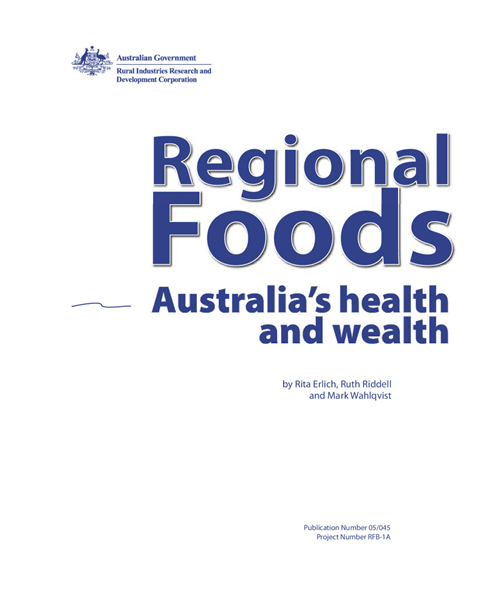Food production is integral to Australia’s regional economies. And the food we eat, our nutrition, is an important factor determining our health. One of Australia’s great paradoxes is that in areas providing some of the nation’s greatest health assets—fresh food—communities are prone to health problems associated with poor nutrition. Food is more expensive in rural areas, even those areas that produce a huge range of foods. Patterns of health in rural areas compare poorly with cities, due to difficulties with access to medical care, attitudes to health and high accident rates. Obesity, diabetes and mental health are particular areas of concern. But in some regions this trend is turning around as regional communities realise that their food, their health and their wealth are linked. Regional Foods: Australia’s Health and Wealth explores two interconnected relationships: how food and region relate to the health of individuals, and how food production affects the development of healthy regional economies. It is a unique and original examination of the ways in which food, agriculture, prosperity and health interact to contribute to wellbeing. Food producing regions are increasingly attracting gourmet tourism and are developing their own proudly regional markets. This book is a special guide for food and wine tourists, since it tells the stories behind the produce. It describes the history of each region, the features of the communities and the landscape, and its food production. Discussed in detail is Australia’s food bowl—the Murray-Darling Basin—as well as eleven food-producing regions, from the Gascoyne River in Western Australia to Gippsland in Victoria, and from the Huon Valley in Tasmania to the Cairns region in Far North Queensland. Case-studies examine individual food businesses, giving examples of how producers build success from regional industries. Wine and aquaculture, two of the fastest growing regional industries, feature prominently.




